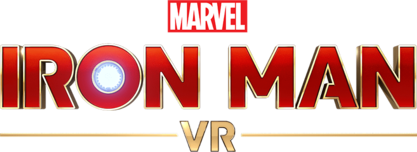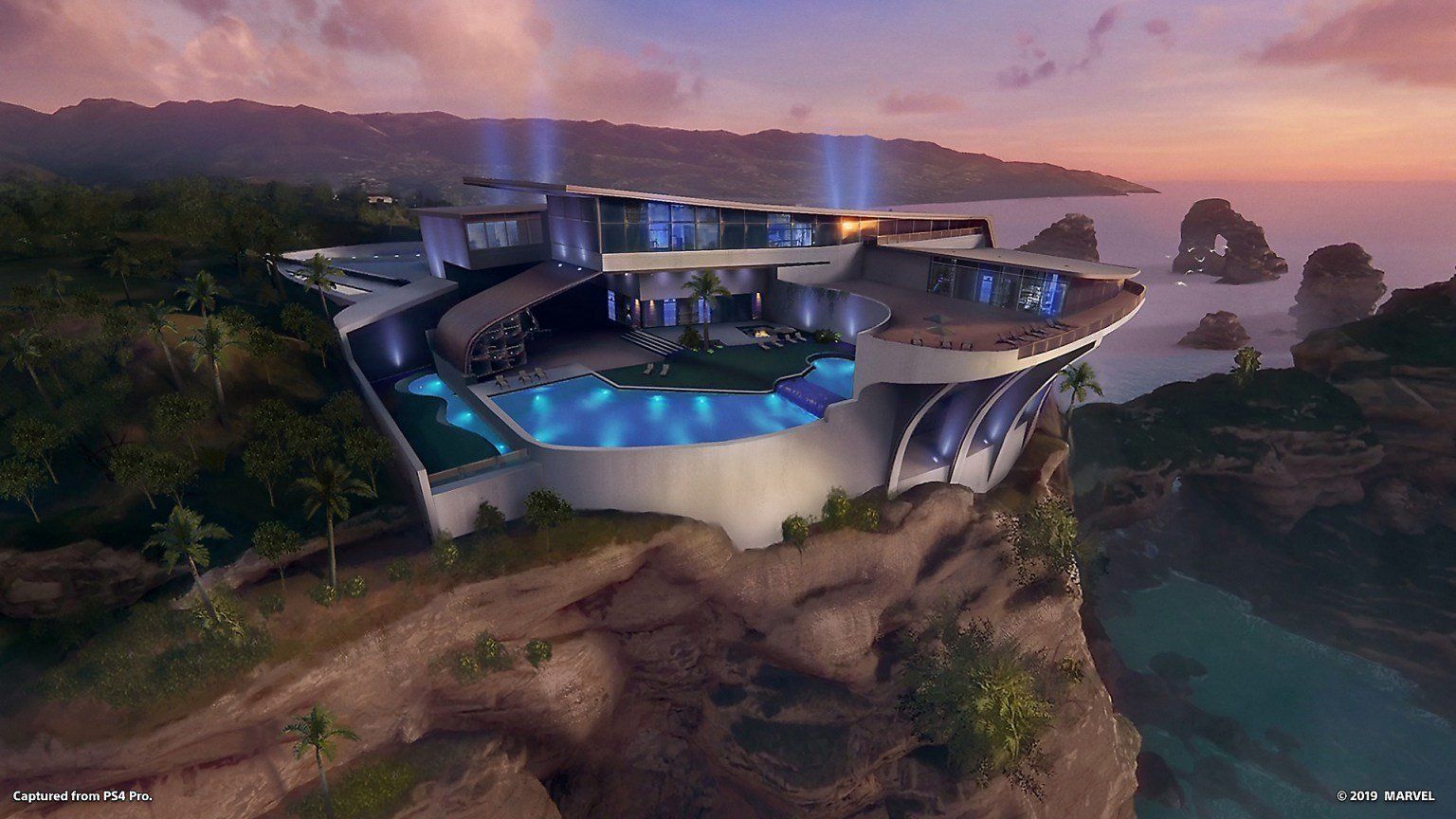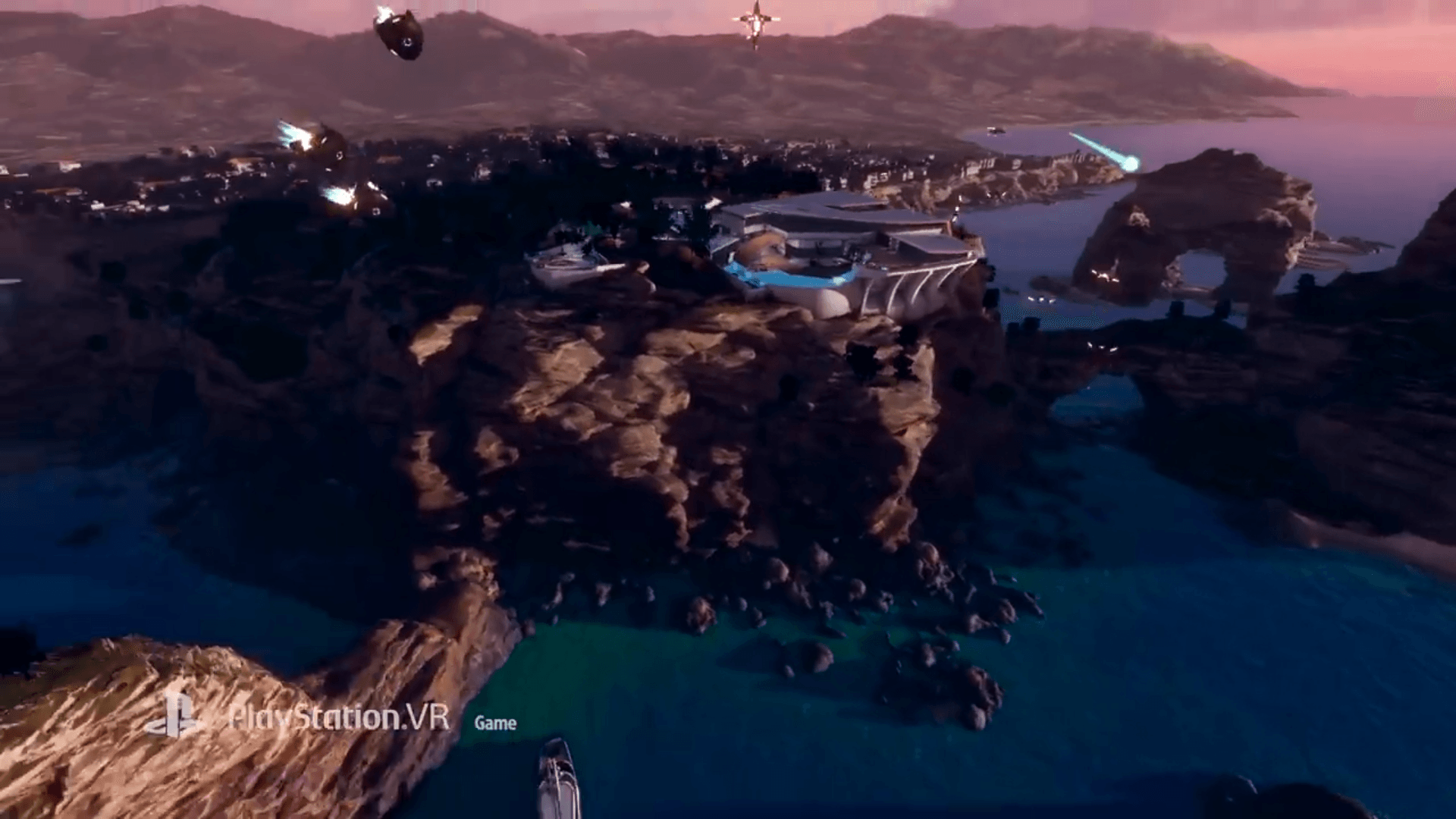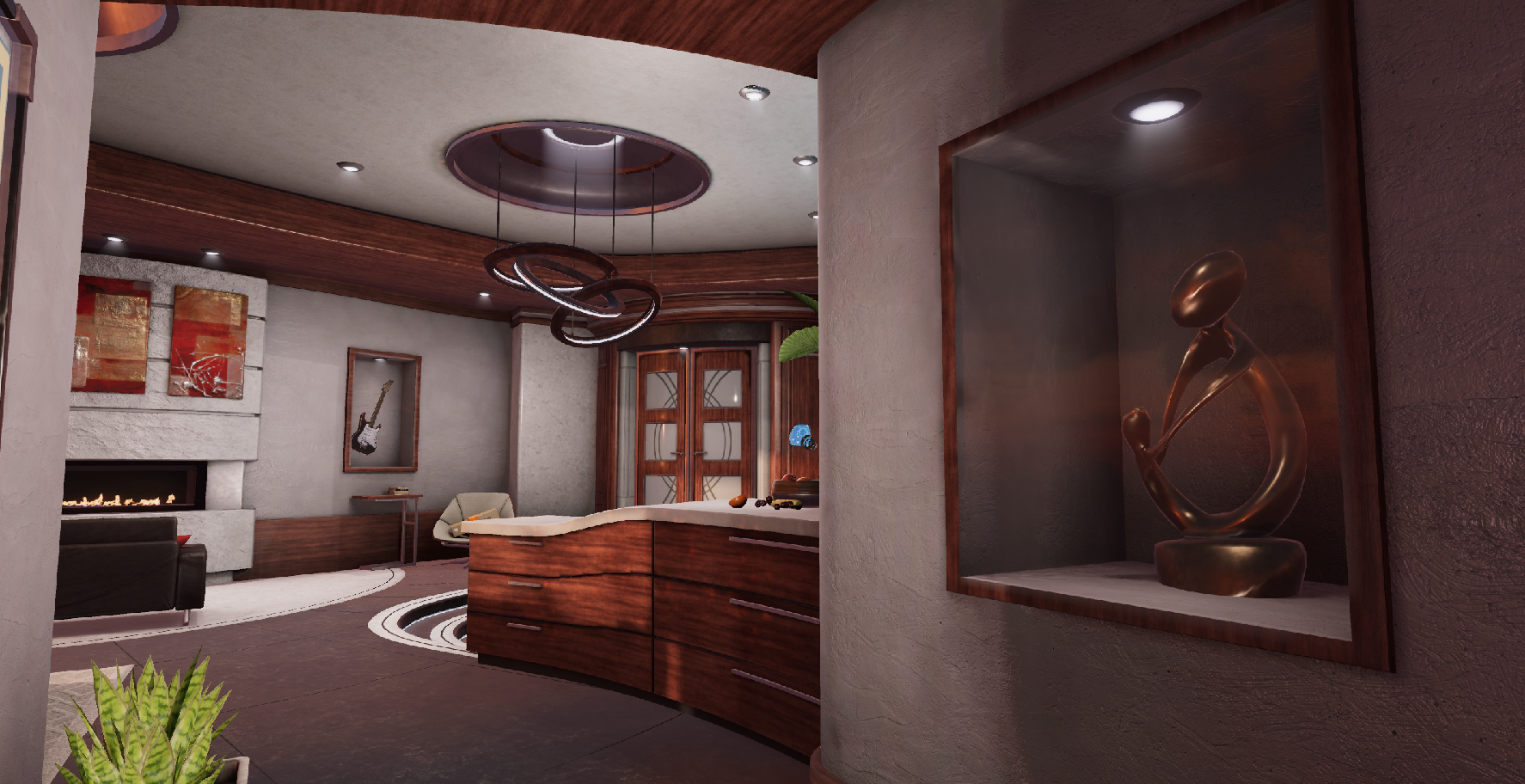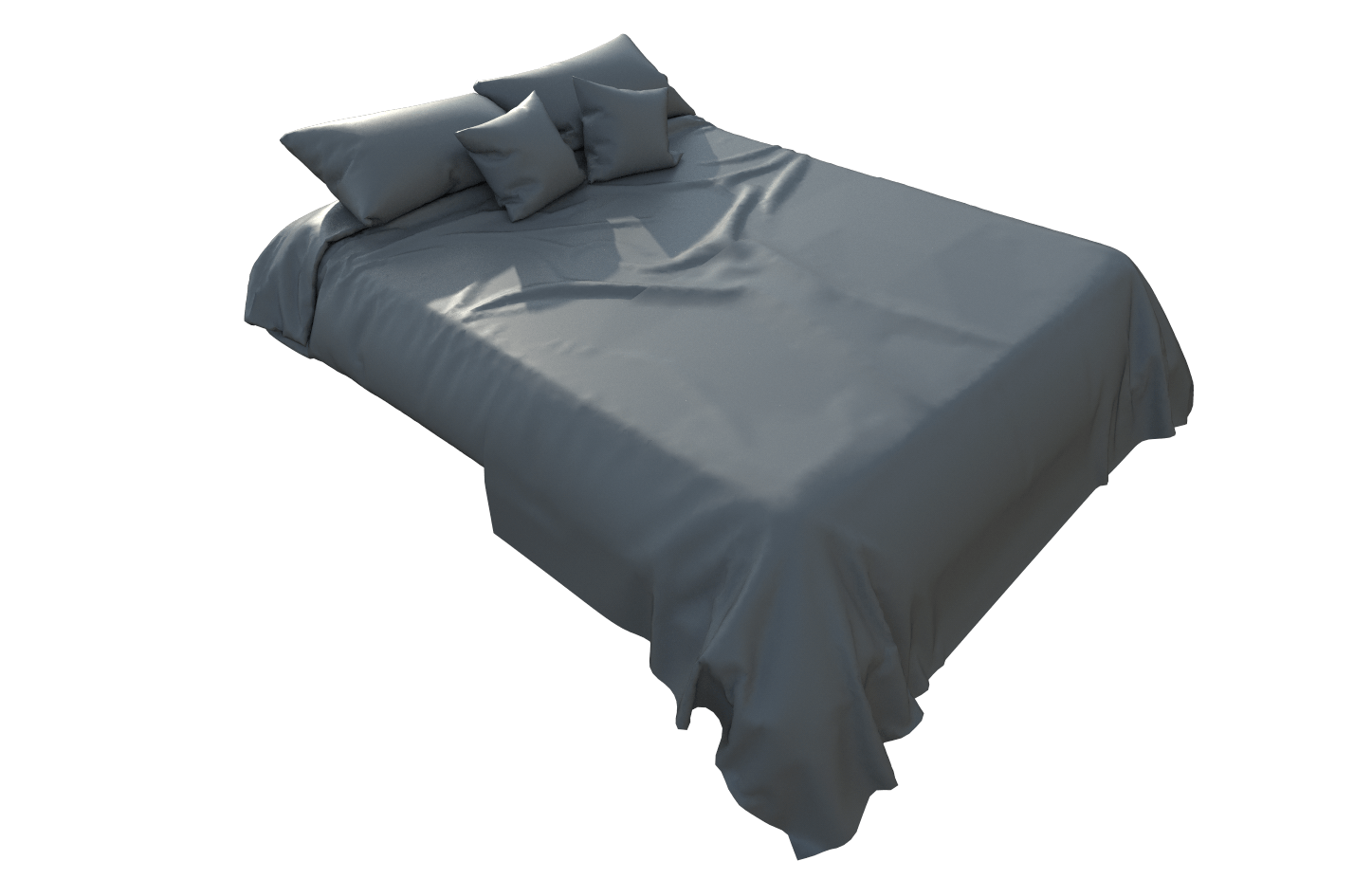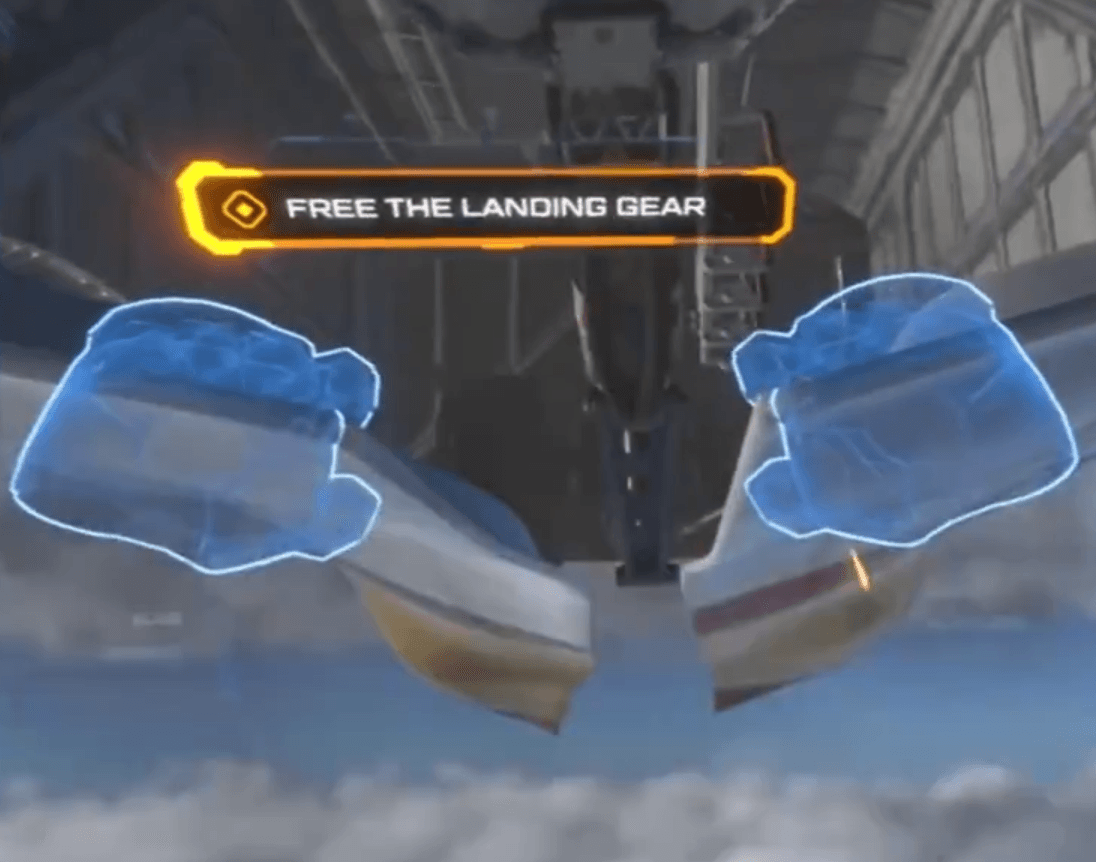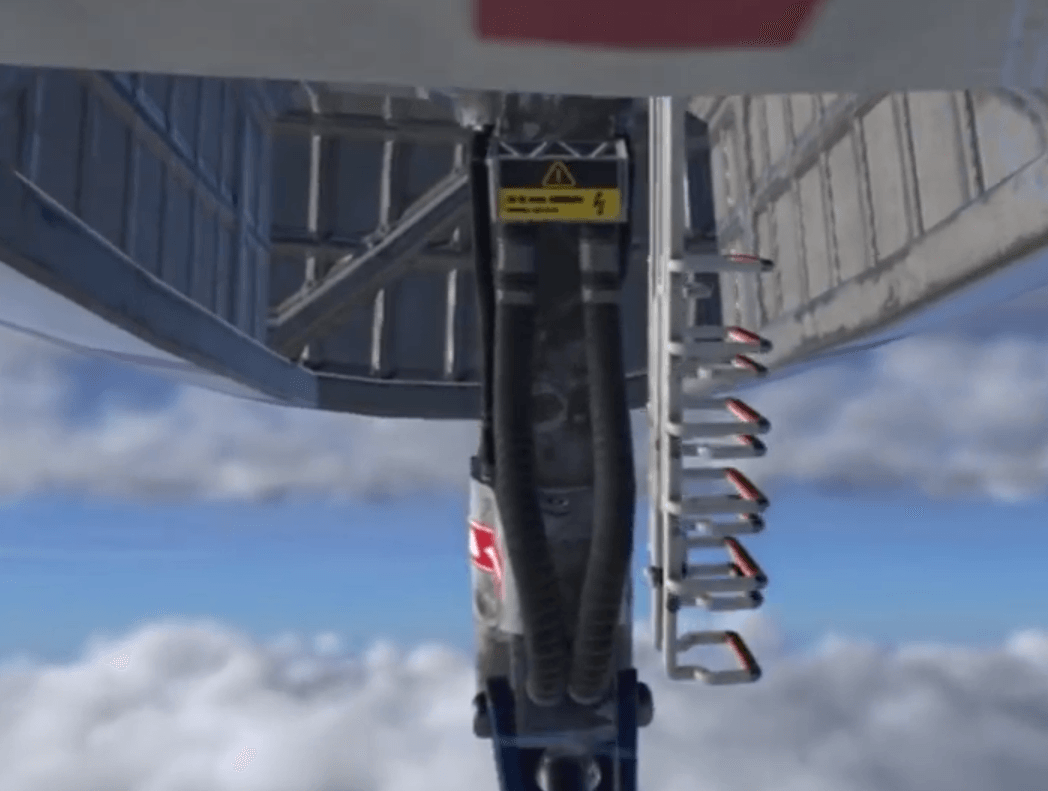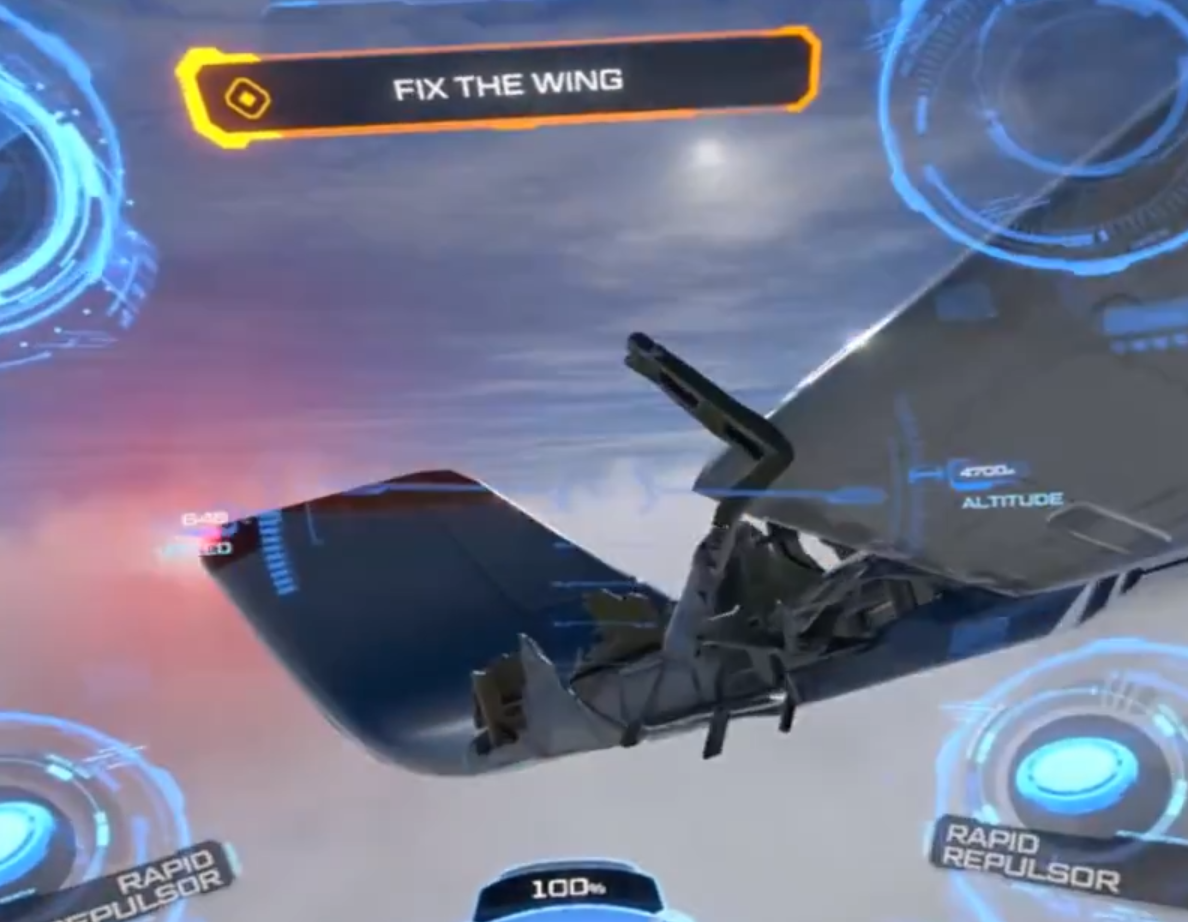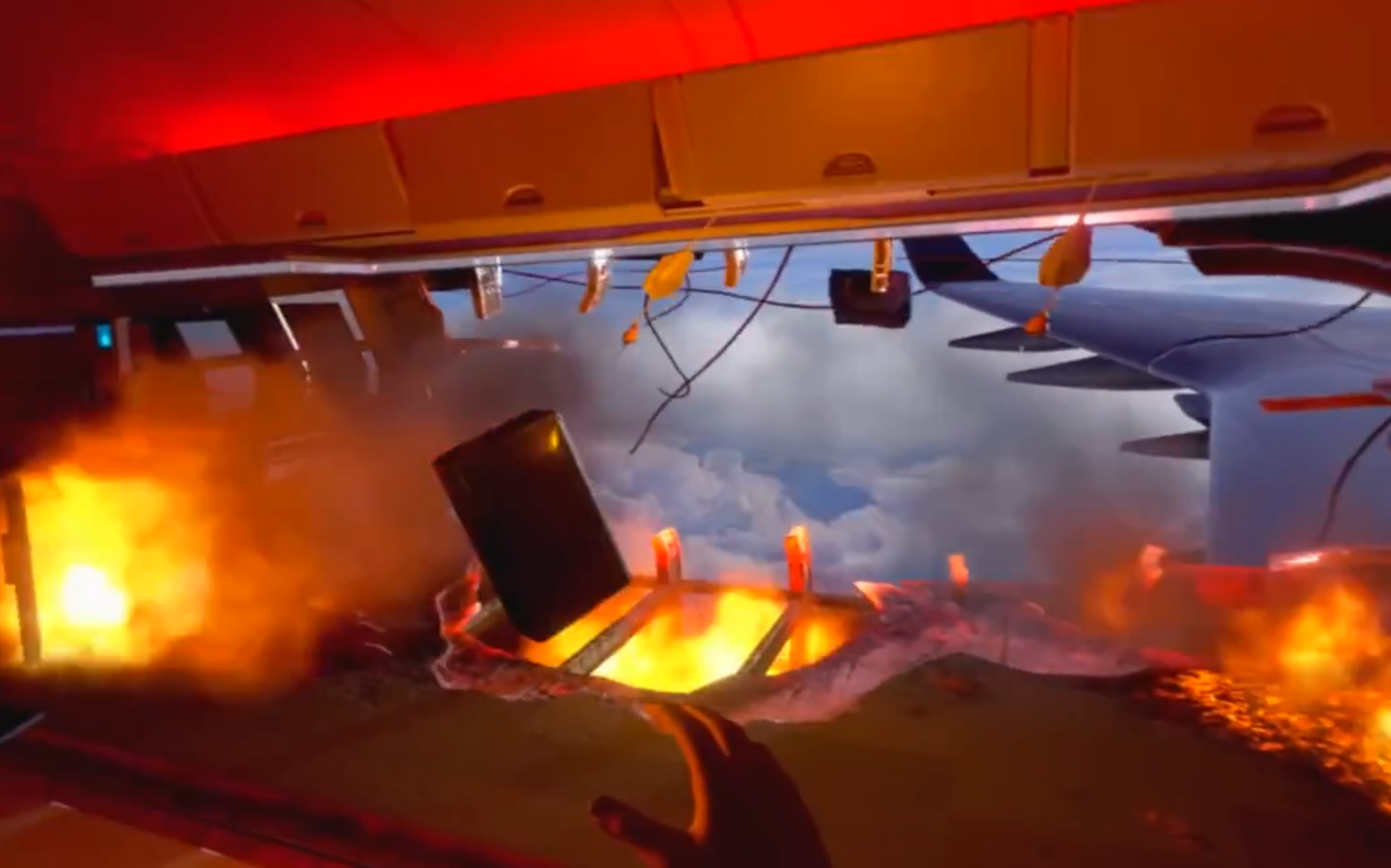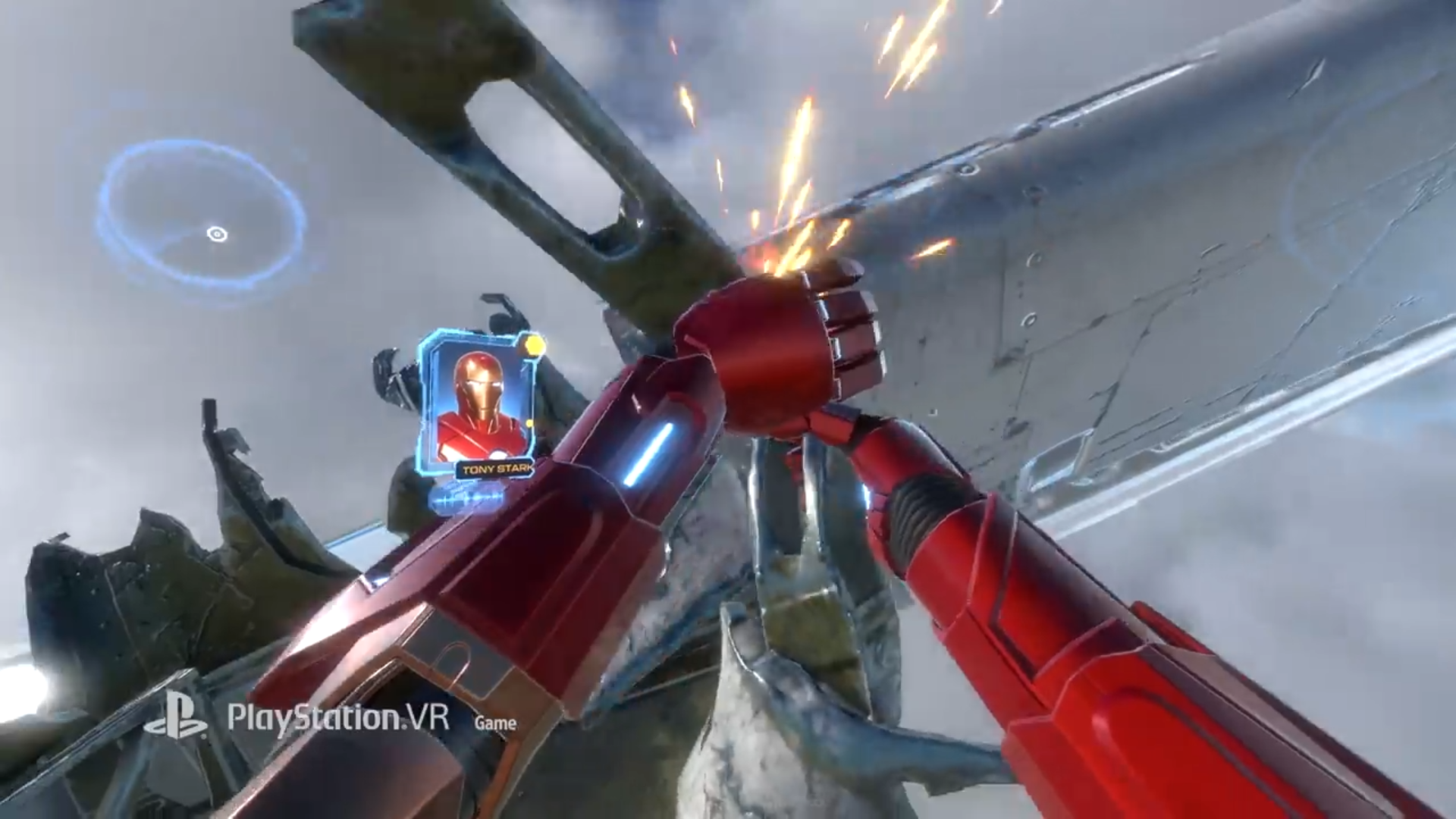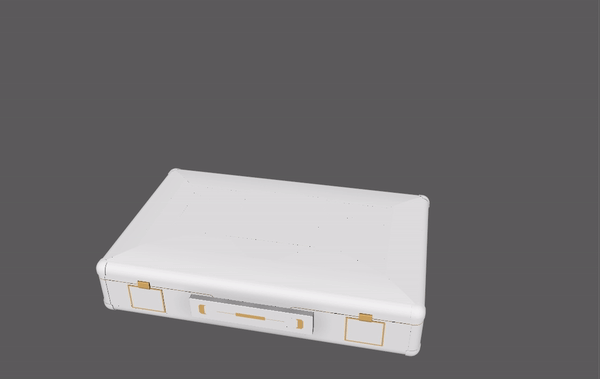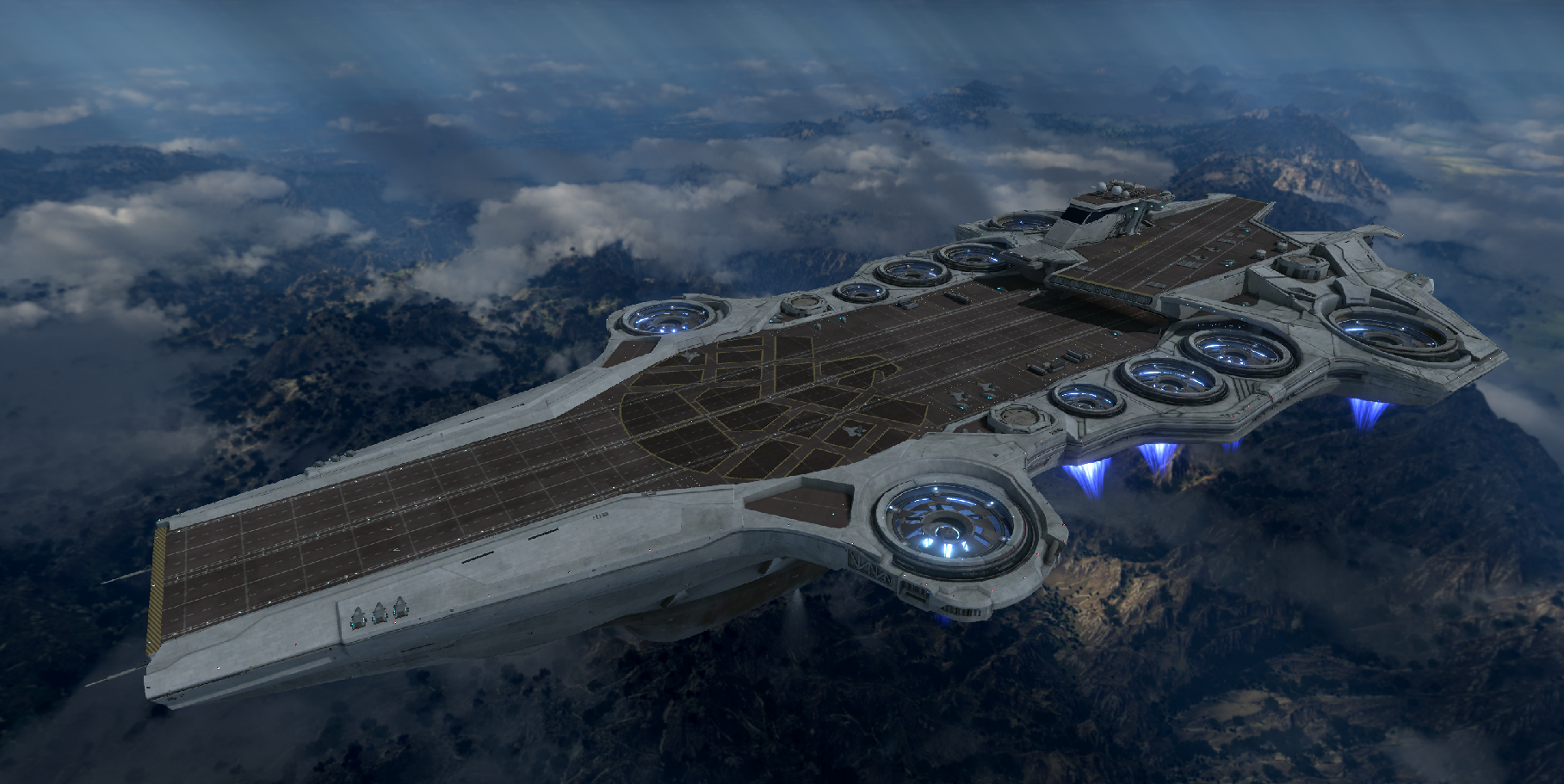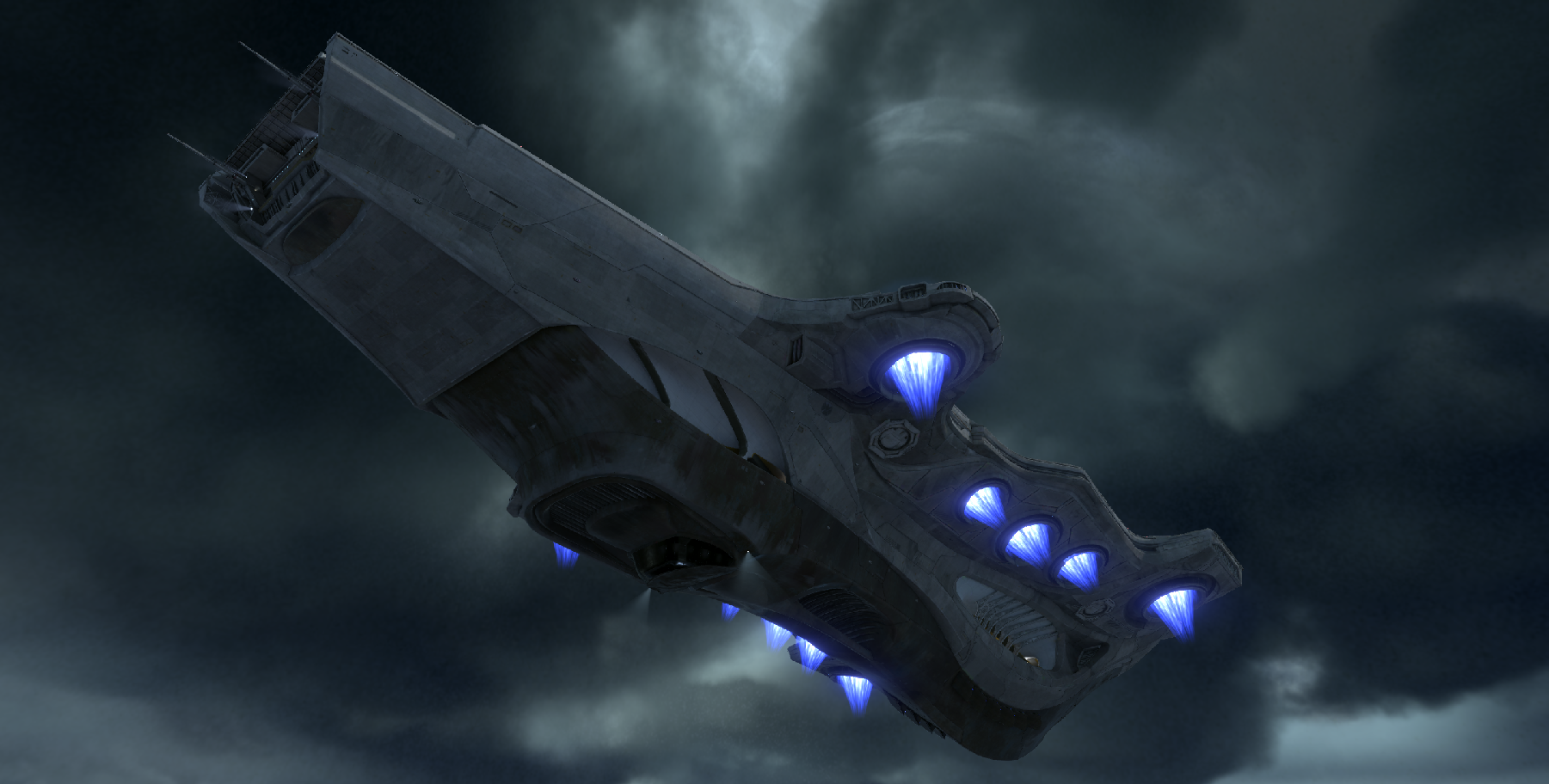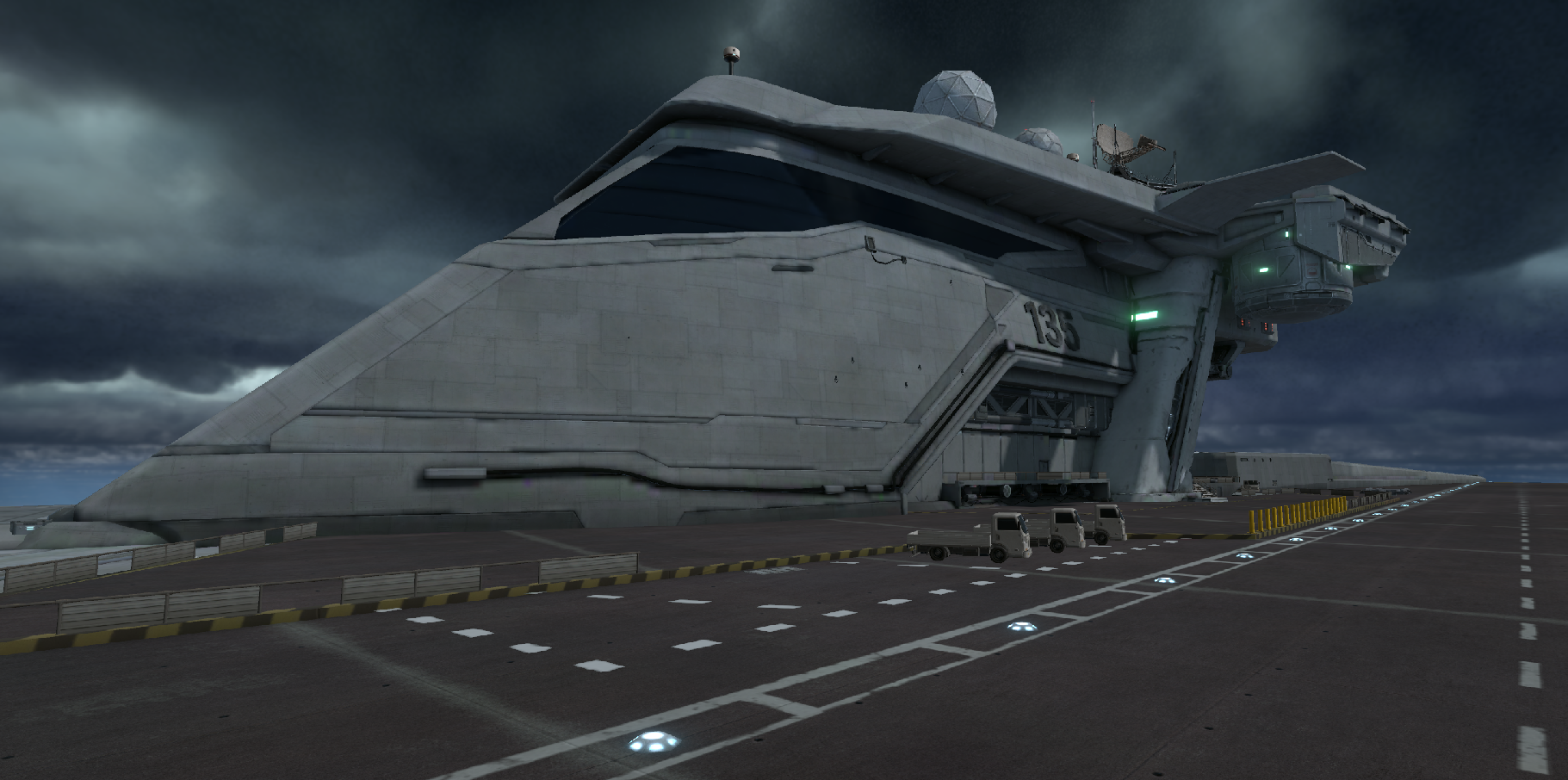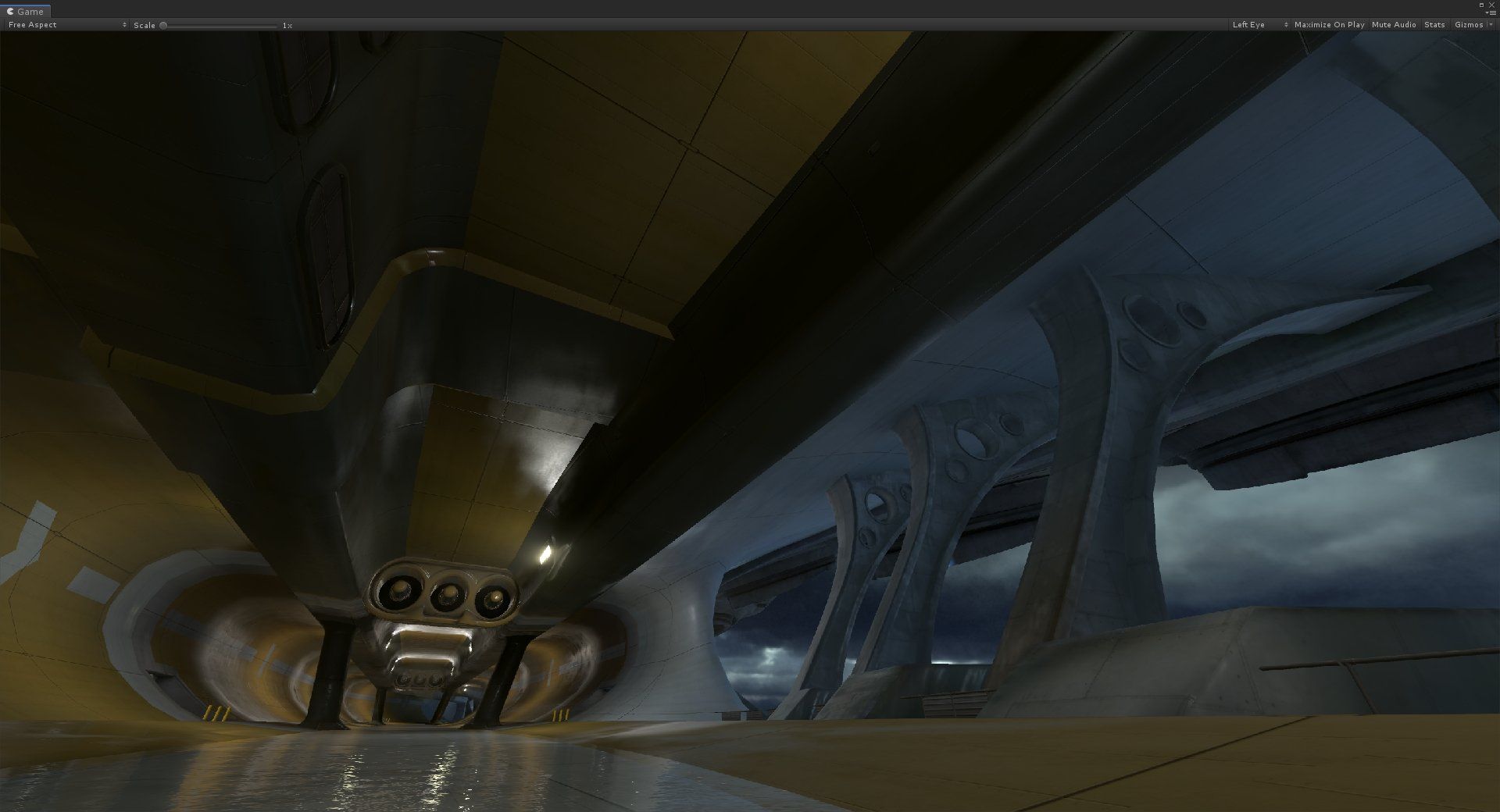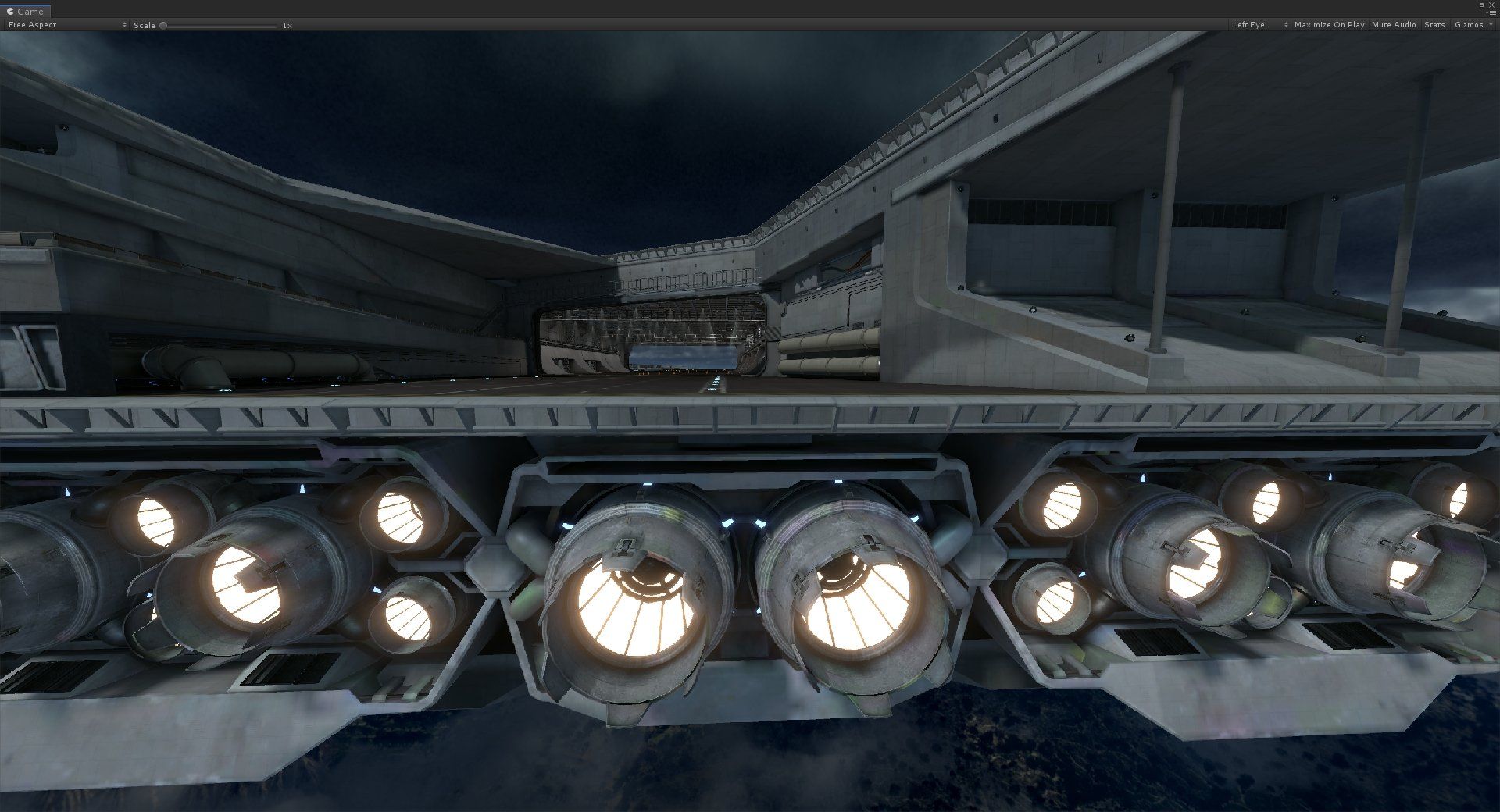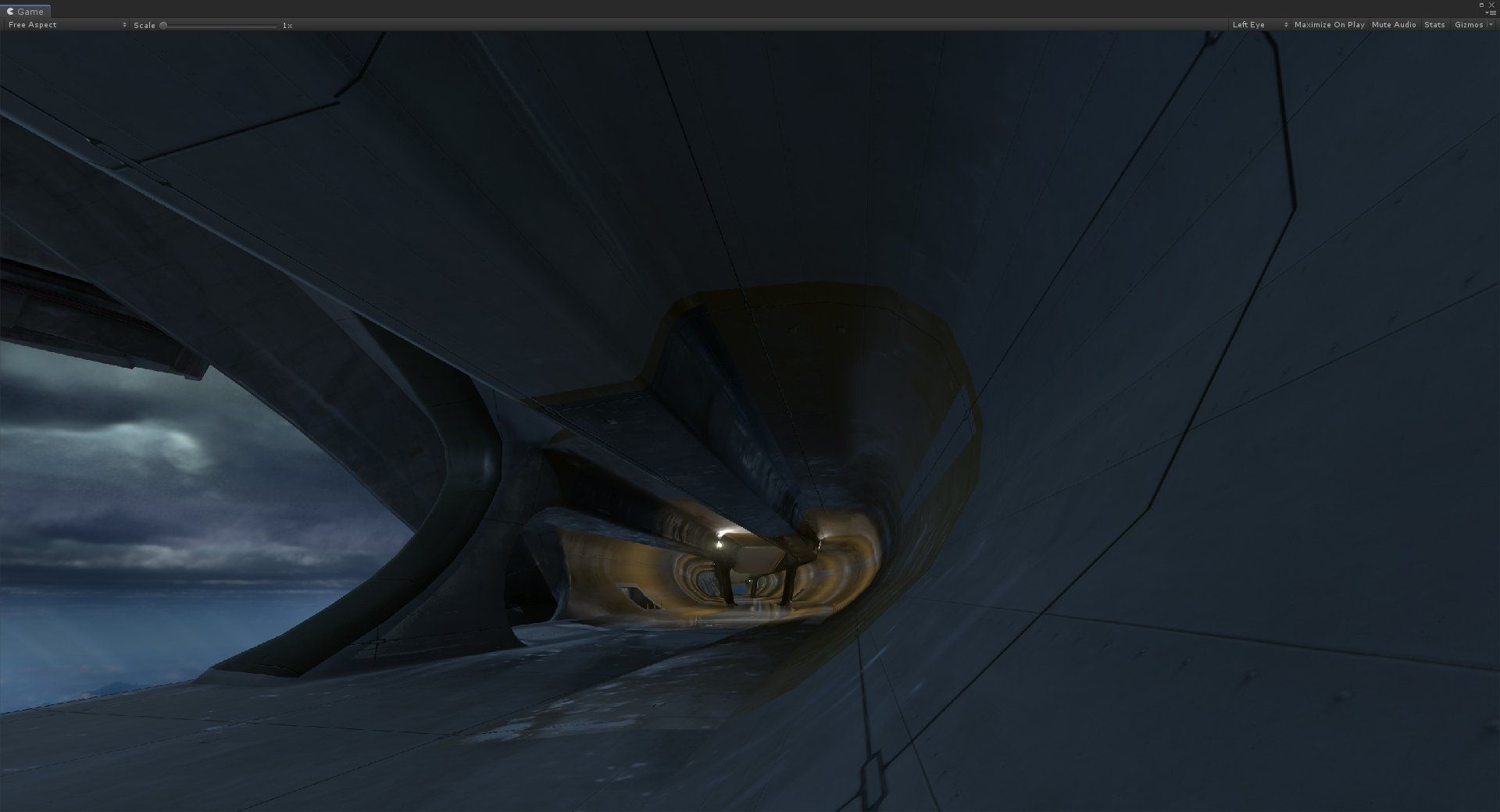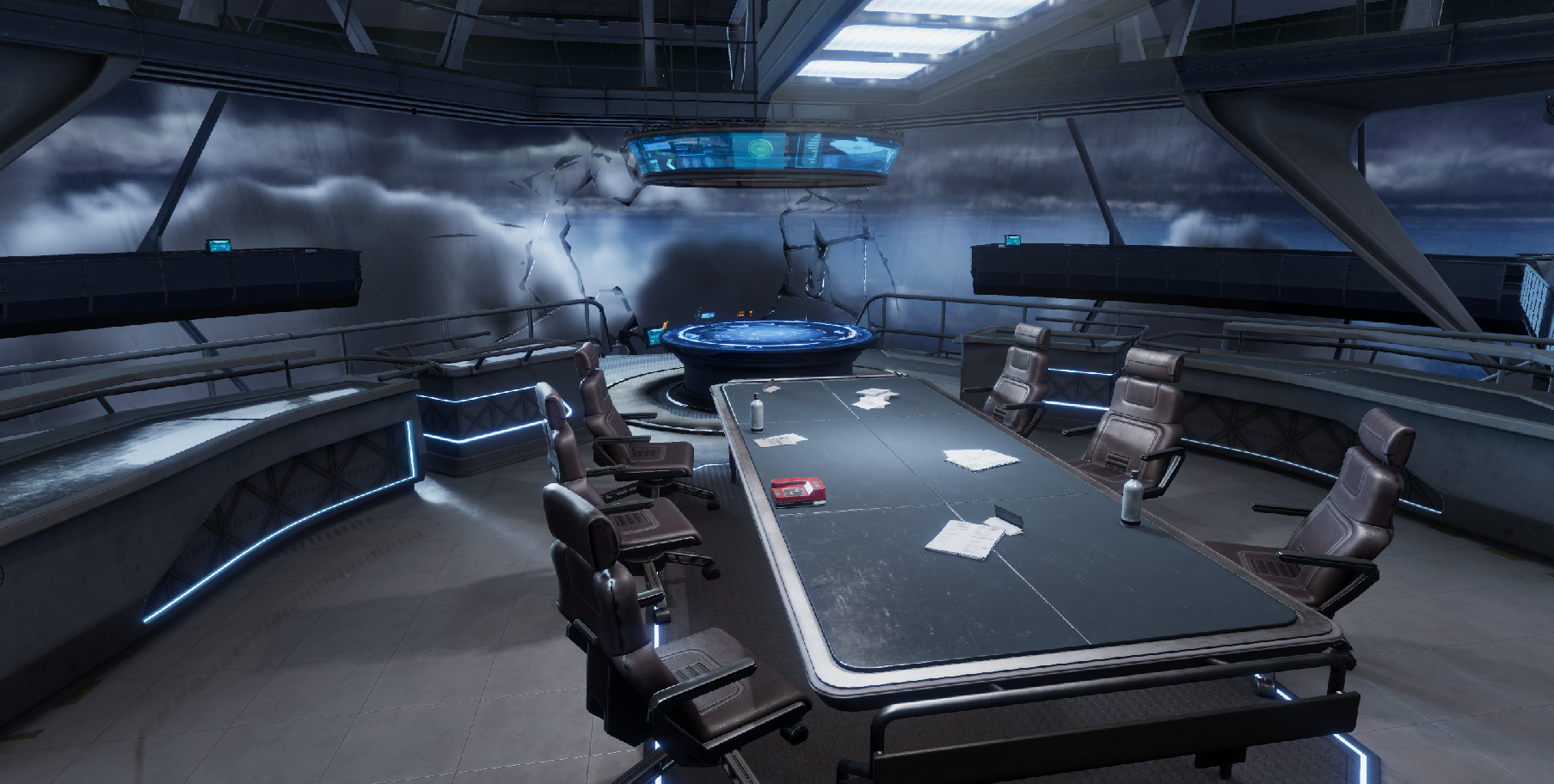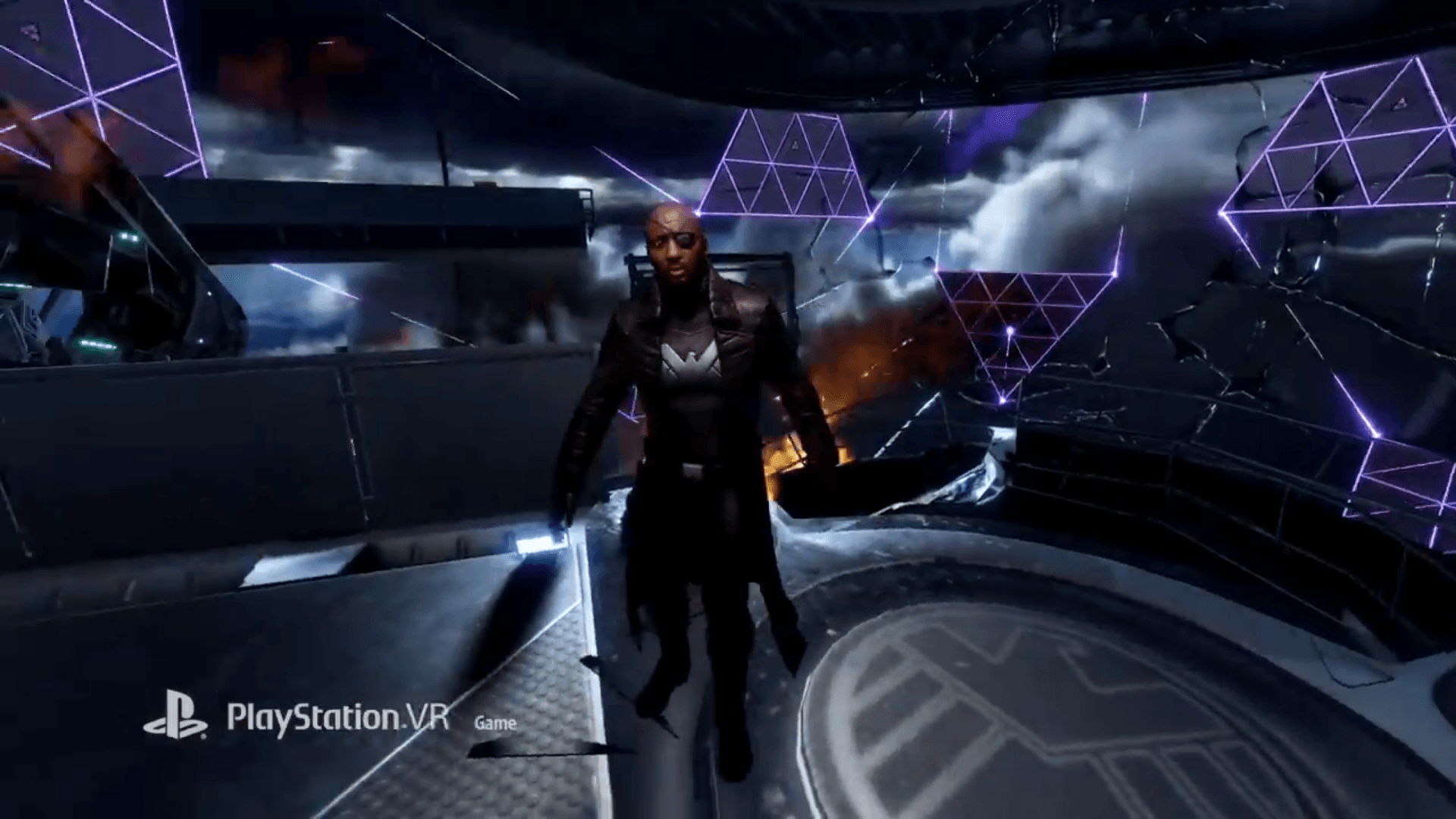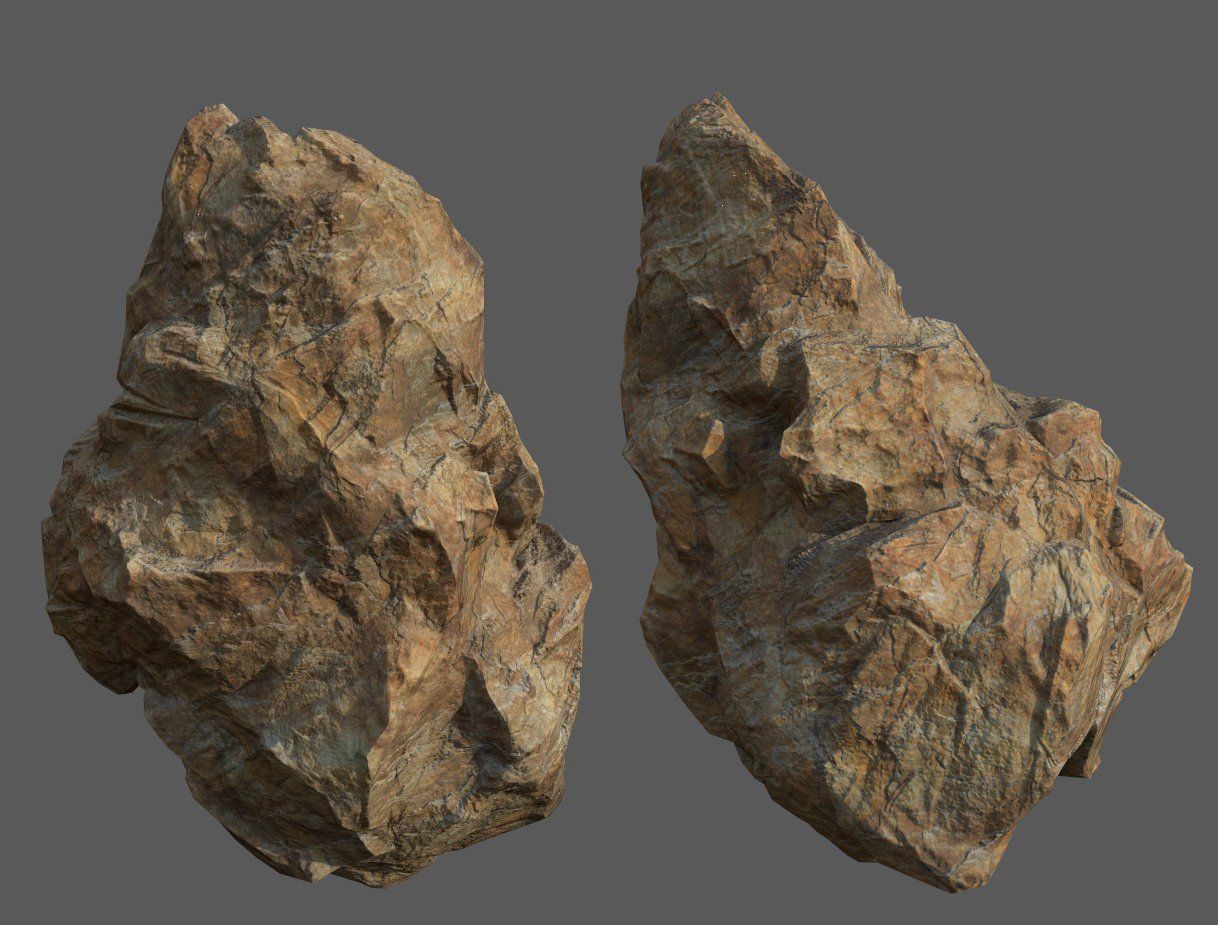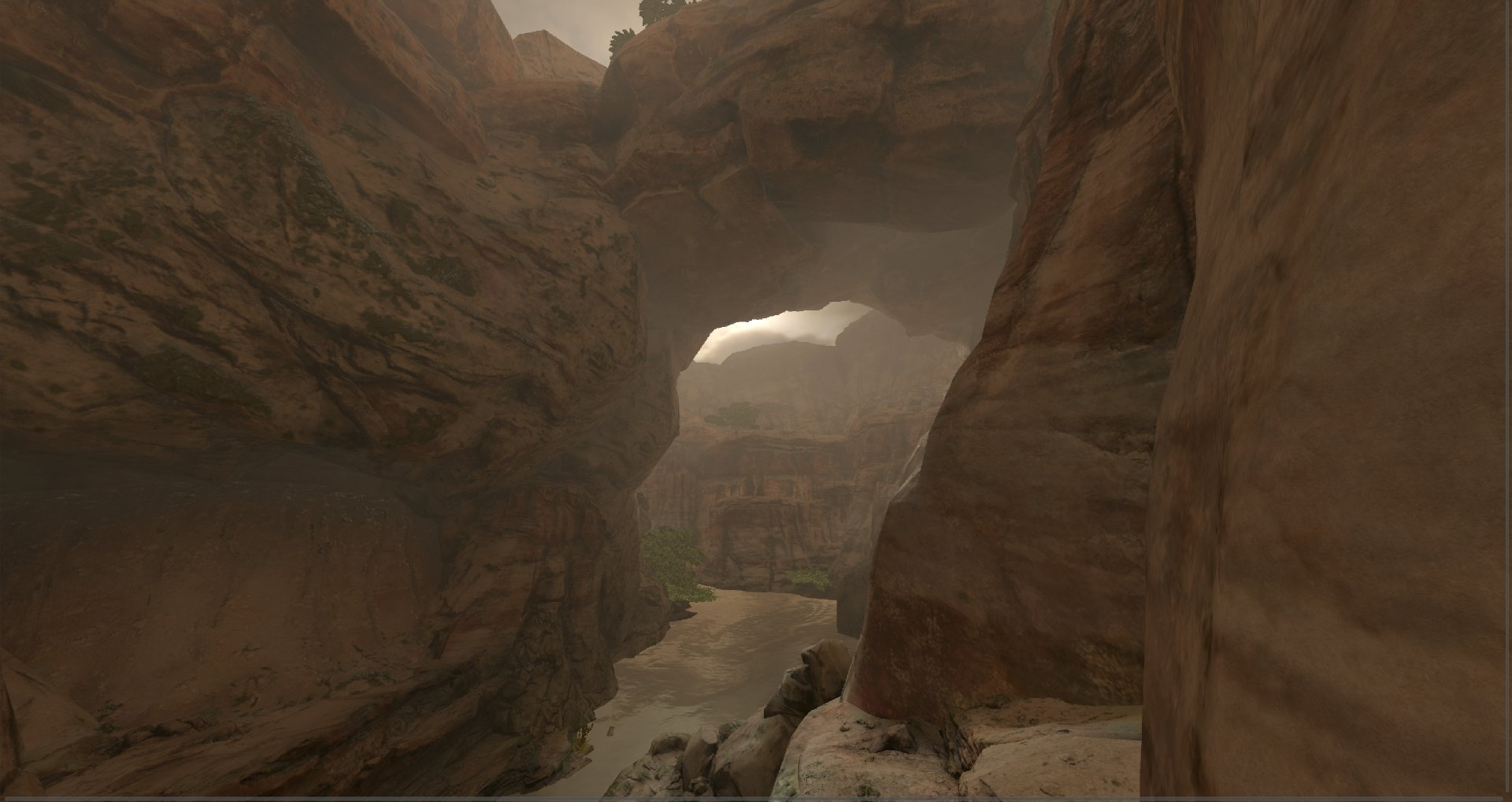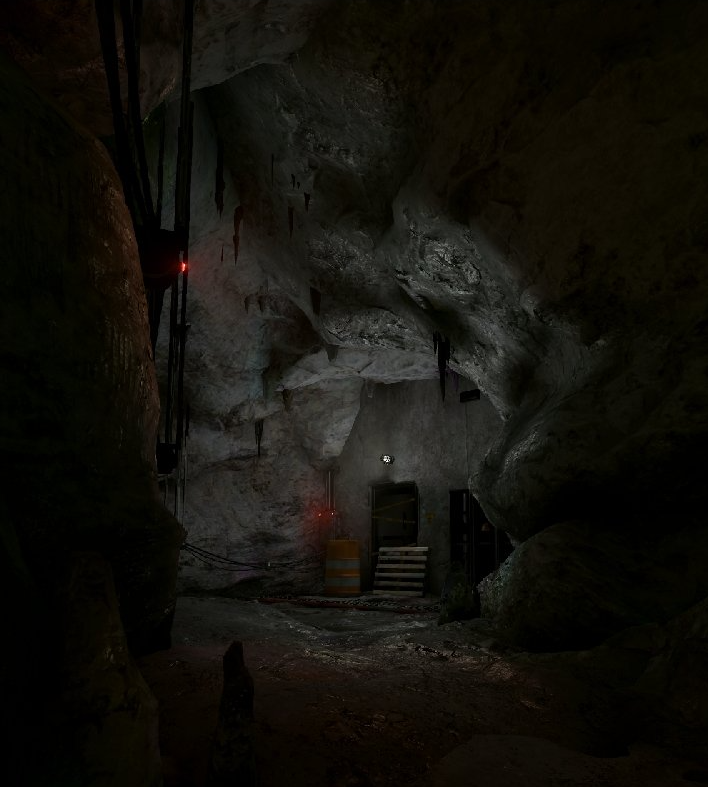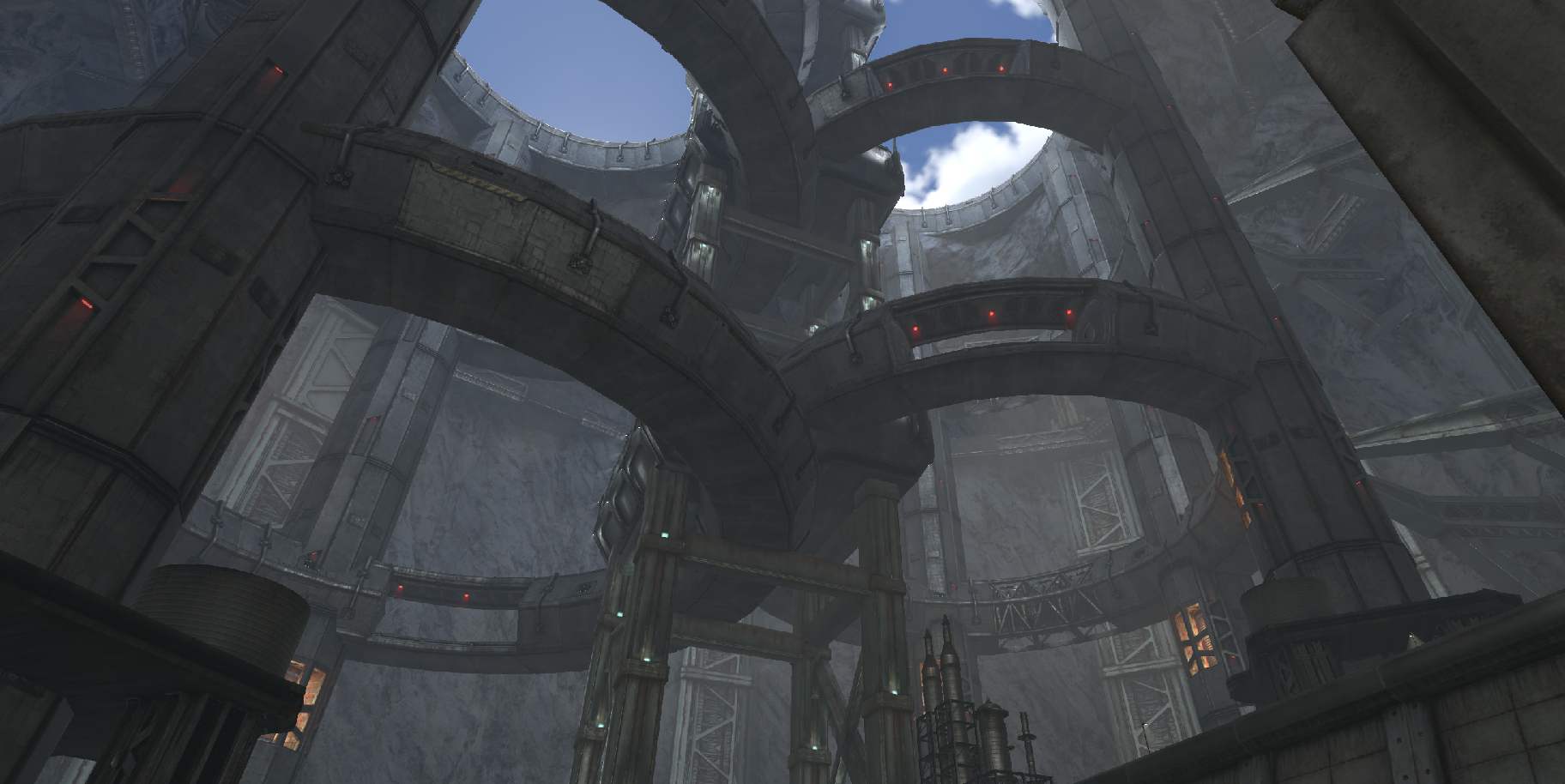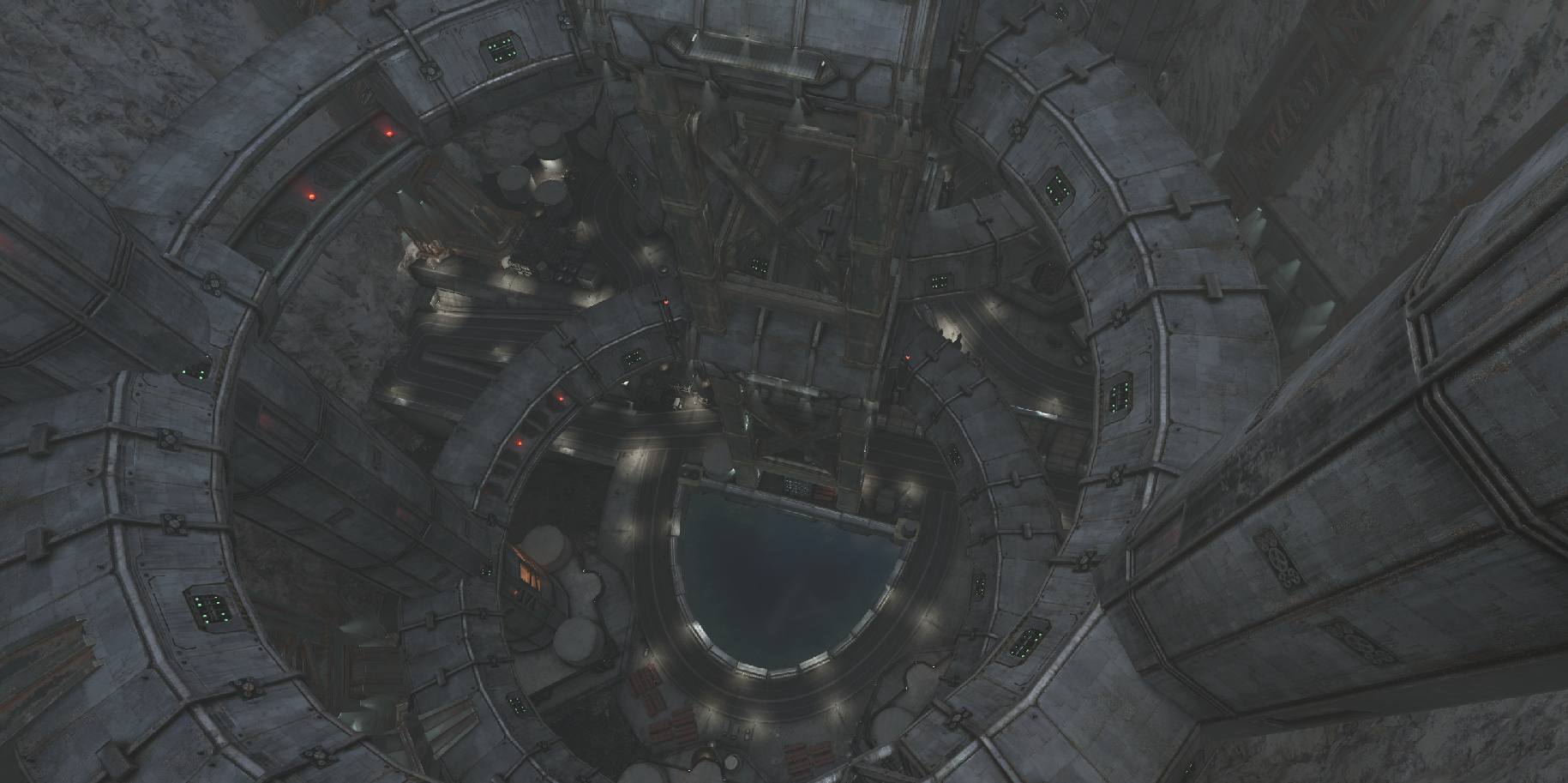At Camouflaj we employed a heavily collaborative art pipeline in the production of Marvel's Iron Man VR. We often moved work between team members to optimize for team strengths and needs .
Displayed here are my personal most significant direct contributions to the art of the game.
Malibu Mansion
Malibu Mansion was a massive and primary focal point for the game. I created the model and global textures for:
- Tony Stark's Malibu mansion
- Surrounding tennis court, helipad, and driveway
Collaborated with graphics programmers to:
- Create shadow and depth masks for the water.
- Define parameters for the ocean shader in our Malibu level's various lighting environments
- Add in additional ocean meshes for the starting island and ensure it blended properly with existing foreground and background ocean assets.
Mansion Interiors
Tony Stark's bedroom served as a test bed for the cinematic spaces in the game and went through a number of iterations.
While working on this space I:
- Refactored the bar, rear countertop, pillars, and wall lights for performance.
- Created the fluorescent coral in the aquarium, the chandelier, and the tray table as well as a "made" version of the bed for a variant of the space.
- Created the proxies for the kitchen counters and cabinets in the garage. I also finalized these assets in collaboration with outsourcing.
- Created the assets and mesh variants used in the edible apple and sandwich interactable objects.
Out of the Blue
Out of the Blue was one of our earliest complete missions. I:
- Made the overhead panels and desk inside the jet as well as the destroyed floor and exposed internals.
- Rebuilt the rear landing gear doors for animation, designed the sliding ladder in the front landing gear to avoid clipping , and set up the blend shapes for the damaged landing gear door at the front of the plane.
- Created the assets and blend shapes necessary for the "Fix the Wing" interaction.
- Created and animated a placeholder suitcase based on early concept art.
Helicarrier Oresteia
The Shield Helicarrier Oresteia was one of my largest contributions to Marvel's Iron Man VR. I served as the Level Lead which involved creating assets, directing outsourcing needs, and ensuring all art was optimized for performance and gameplay.
Specific work also included:
- Creation of graybox levels to explore the gameplay elements, working closely with the design department
- Original authoring of underside, interiors, and engine shrouds.
- Re-authoring or updating nearly every aspect of the level for performance and quality.
- Created the broken windshield and drone crash zone in the interior cinematic space and created the triangles used in the "laser cage" VFX.
- Creating functional assets for interactive gameplay moments to work with design systems.
Shanghai
Early in the production of Marvel's Iron Man VR the art team at Camouflaj took a reference trip to Shanghai.
Using pictures they took, map data, translation tools, and architectural resources, I created a 1:1 graybox model of Pudong and approximately 70 major buildings in the surrounding area, in addition to the general footprints of minor buildings.
From there, I created several graybox iterations, tested with the design department. We experimented with factors such as scale, building density, or even building a working subway.
During development, the layout was simplified and we moved away from direct representations of real-world buildings, but it ended up being an exercise in research and detail that I remain quite proud of.
Canyons
I spearheaded initial investigations in using terrain generated from World Machine to match the design layout of this level. It was eventually decided that for both performance reasons and ease of authoring that the level would be built with assets rather than terrain. However, the original terrain information was used to bake in the depth maps for the river bed. Using shaders developed by the graphics engineers, I created segments of river and painted flow maps to control the river current. This approach was later adopted for the river in Shanghai, and I created the content for that as well.
I also modeled and textured some of the natural rock formations and helped to set-dress the final level.
Abandoned Stark Facility
I co-led this level as it evolved through many iterations. I:
- Worked with design and concept to bring it in to scope, and helped to answer questions and lead direction.
- Created many of the natural cave walls, stalactites, stalagmites, and pillars for the Ghost's lair, as well as the collapsing cave wall animation, a collapsing floor that was eventually cut, the falling debris trap, and scorched hole when Tony blasts his way out.
- Built the shrine candles and other small props
- Built many of the proxy assets sent to outsourcing for the final boss room

